Top Things to Know Before Buying Top Indoor Plants: A Guide to Green Thumb Success
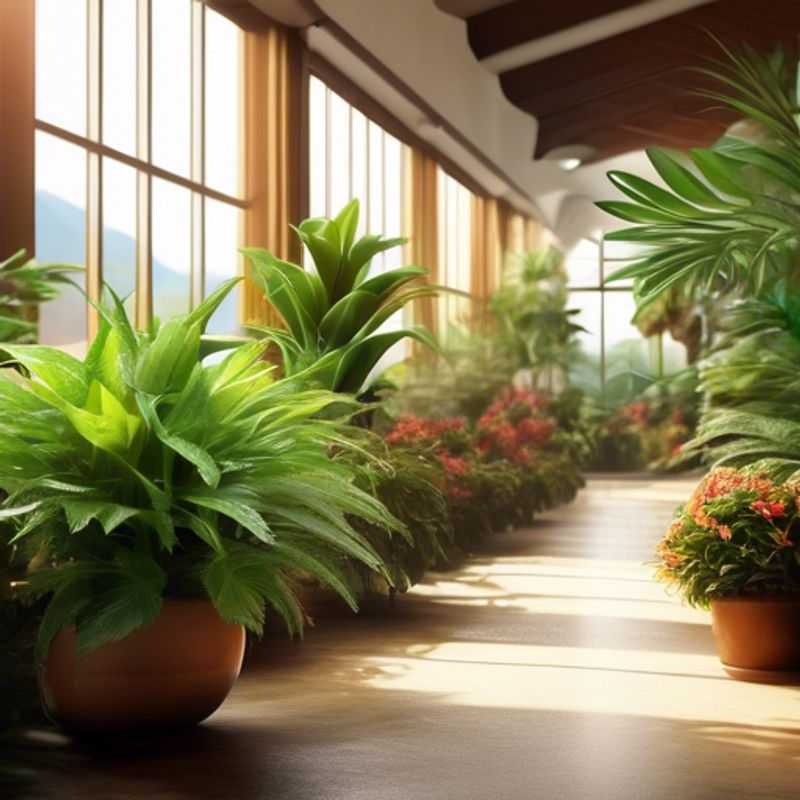
Top Things to Know Before Buying Indoor Plants: Lighting, Watering, Size, Temperature, Soil, Toxicity, and Maintenance
Bringing the outdoors in with indoor plants can truly transform your home, but choosing the right ones requires a bit of planning. Here's a quick guide to help you make informed decisions before you bring a new plant friend home:
1. Understand the Lighting Requirements: Indoor plants have different needs when it comes to light. Some thrive in bright, indirect light, while others prefer low-light conditions. Knowing your plant's light requirements will ensure it gets the right amount of sun to flourish.
2. Research the Watering Needs: Overwatering is a common cause of plant demise.
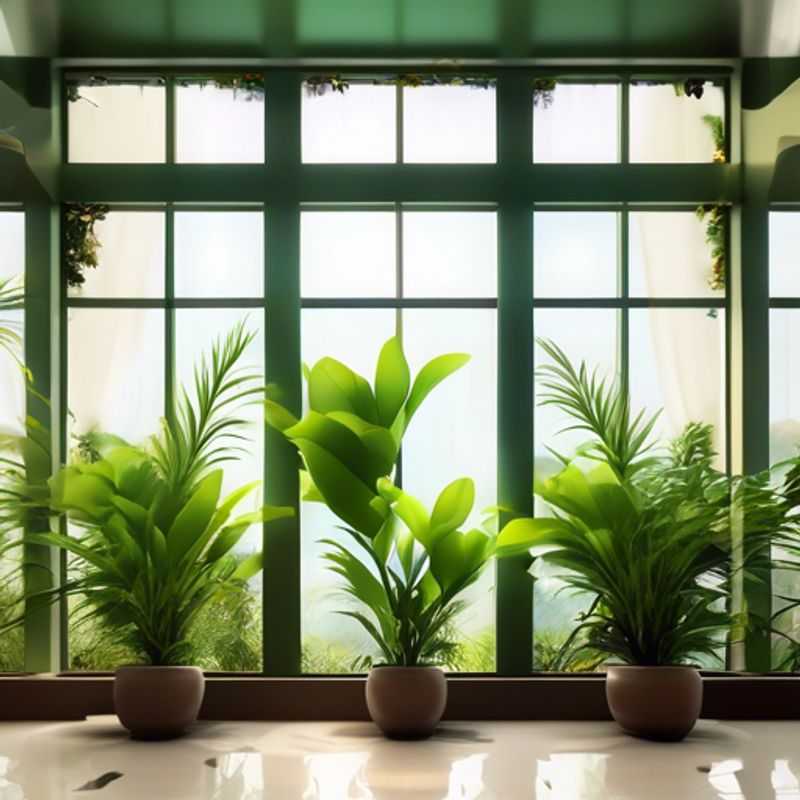
Shining a Light on Success: Understanding Indoor Plant Lighting Needs
Indoor plants thrive on light, but not all plants need the same amount. To keep your leafy friends healthy, you need to understand their individual light requirements. Think of it like a personalized diet for your plants!
First, look at the plant's natural habitat. Plants that grow in tropical rainforests, for example, need much more light than those that thrive in shady forest floors. This clue can be a great starting point.
Pay attention to the plant's leaves. Thick, leathery leaves usually indicate a plant that needs more light, while thin, delicate leaves might prefer a shadier spot. Consider, too, the color of the leaves. Plants with darker green foliage need less light than their lighter-colored counterparts.
Observe the plant's growth patterns. Is it stretching towards the light or becoming leggy? That's a sign it needs more light. If it's drooping, it might be getting too much.
Don't be afraid to experiment! Move your plants around your house and observe their responses. You'll learn their light preferences over time. Remember, every plant is different, so treat them accordingly.
Understanding a plant's light needs is a vital part of keeping it healthy and happy. With a little observation, you can create the perfect environment for your indoor plants to thrive.
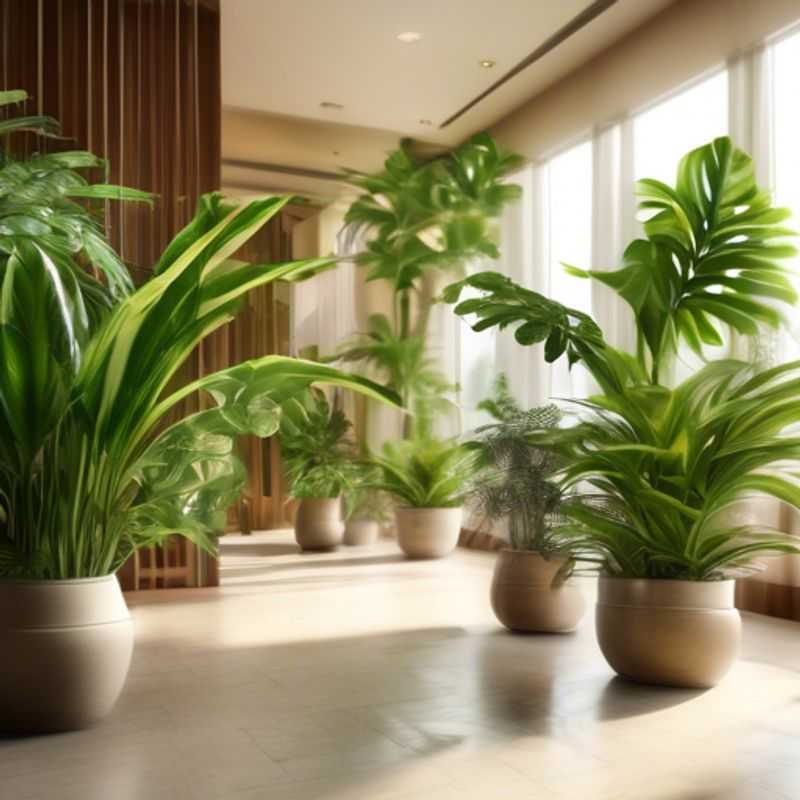
Watering Wisdom: How to Avoid Overwatering and Keep Your Plants Thriving
Knowing your plant's watering needs is crucial. Overwatering can lead to root rot, a common problem for houseplants. Start by researching your specific plant type. Consider factors like its species, pot size, and growing environment.
A good rule of thumb is to check the soil moisture before watering. Stick your finger about an inch into the soil. If it feels dry, it's time to water. If it's still moist, wait a bit longer.
Avoid overwatering by letting the top inch of soil dry out between waterings. Water thoroughly until water drains from the drainage holes, but don't let the plant sit in water.
Choose the right pot size. A pot that's too large can lead to overwatering, as the soil retains more moisture. A pot with drainage holes is essential to allow excess water to escape.
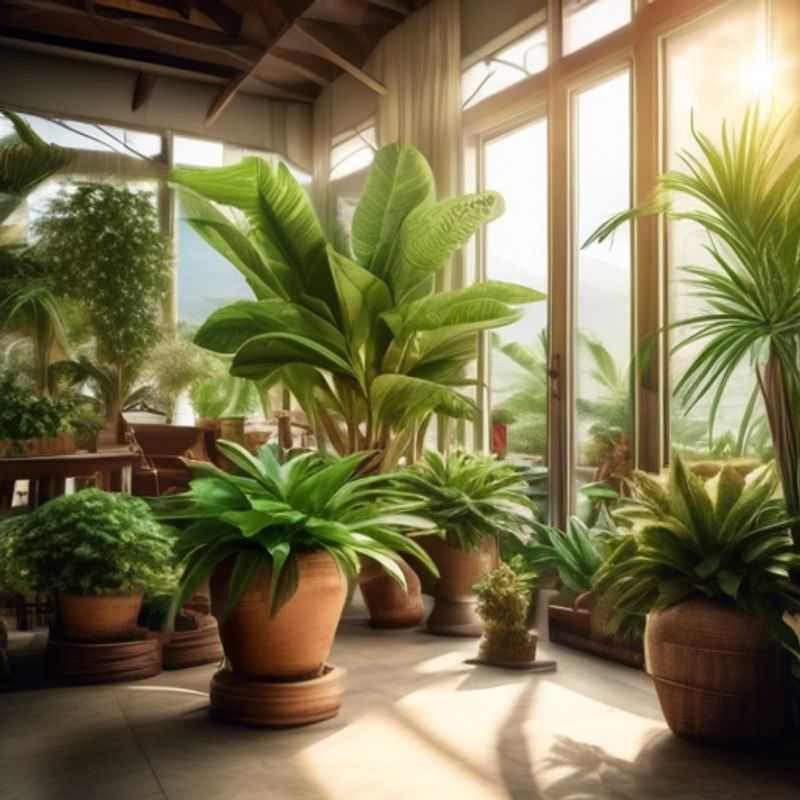
Sizing Up Your Green Friends: Matching Plants to Your Space
Choosing the right plant for your home means considering the size of the plant and the available space you have. This is crucial for the plant's growth and your home's aesthetics. It's like choosing the perfect outfit - you wouldn't wear a ball gown to a picnic, right?
A small plant in a spacious room might get lost, while a large plant in a small room could feel overwhelming. Think about the plant's mature size - will it fit comfortably in the space you've chosen? Consider the width, height, and overall spread of the plant as it grows.
Measure your space before heading to the plant store. This will give you a clear picture of how much room you have to work with. Remember to take into account any obstacles like furniture or doorways.
Don't forget to factor in the plant's growth rate. Some plants grow quickly, while others are slower. A fast-growing plant could quickly outgrow its space, requiring repotting or even relocation. Research the specific plant you're interested in to understand its growth habit.
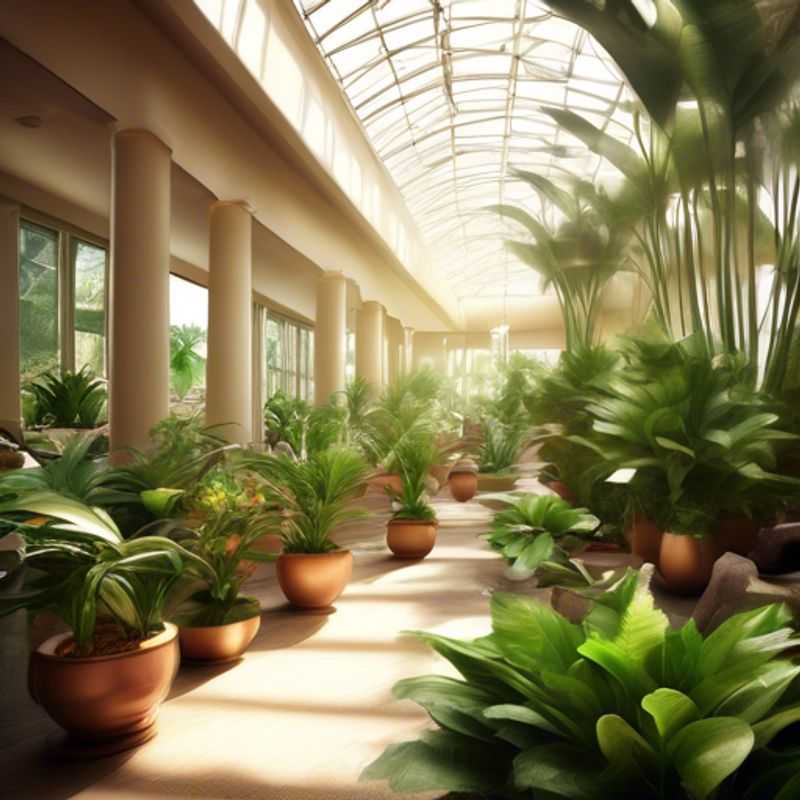
The Green Thumb's Guide: Ideal Temperature and Humidity for Your Plants
Every plant has its ideal temperature and humidity range for optimal growth. While some plants thrive in warmer, humid environments, others prefer cooler, drier conditions. Understanding the ideal conditions for your specific plant is crucial for its health and well-being. Research your plant's specific needs to ensure it flourishes.
To determine the ideal temperature range for your plant, consider its natural habitat. Tropical plants typically prefer warm temperatures, while desert plants thrive in hot and dry conditions. Consult reliable gardening resources or online databases to find the ideal temperature range for your specific plant.
Humidity plays a significant role in plant growth. Some plants require high humidity levels, while others tolerate drier environments. The ideal humidity level depends on the plant species and its native environment. Monitor humidity levels in your home and adjust them as needed, especially during dry seasons or when using heating systems.
If you are unsure about the ideal temperature and humidity levels for your plant, consult with a local gardening expert or a trusted online resource. They can provide you with specific recommendations based on your plant's needs and your local climate. Remember, creating the right environment for your plant is essential for its continued growth and health.

Get to Know Your Plants: Understanding Soil Requirements
Understanding your plant's soil requirements is crucial for its health and growth. Different plants thrive in different soil types and conditions.
First, you need to identify the specific plant you are growing. Then, research its ideal soil pH, drainage, and nutrient needs.
Some plants prefer acidic soil (low pH), others prefer alkaline soil (high pH), while some thrive in neutral pH. Soil pH is a crucial factor that affects nutrient availability.
Drainage is equally important. Too much water can lead to root rot, while too little water can cause dehydration. Well-draining soil is essential for most plants.
Lastly, consider the nutrient content of the soil. Plants require essential nutrients like nitrogen, phosphorus, and potassium for healthy growth. You can add organic matter like compost or manure to improve the soil's fertility.
Remember that you can always use a soil testing kit to measure the pH, nutrient levels, and other important parameters. If you are unsure about your plant's soil needs, consult with a local gardening expert or visit your local nursery for guidance.
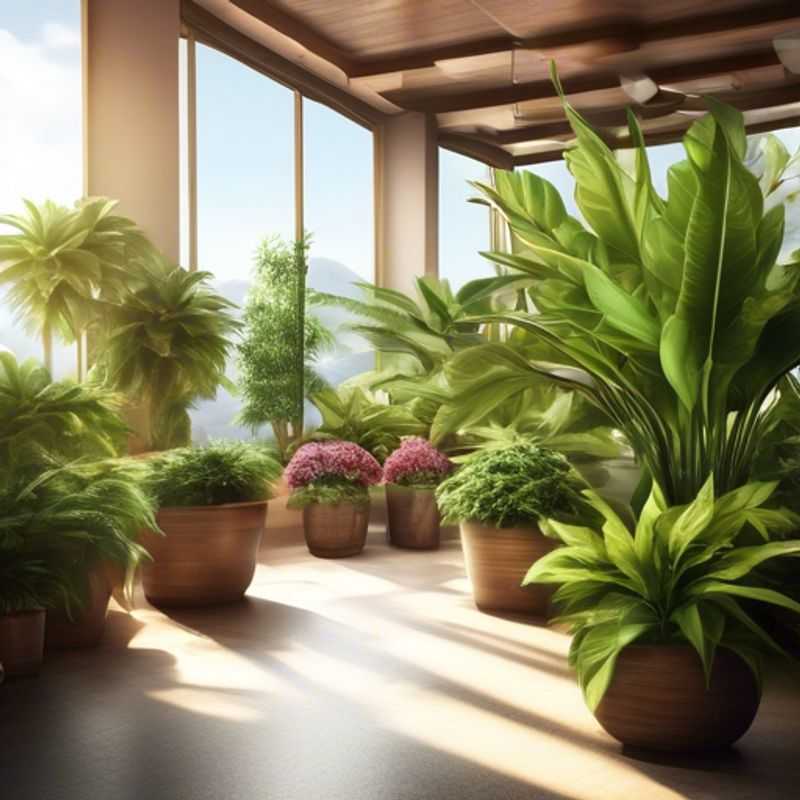
Keeping Your Family Safe: Identifying Potential Toxins Around Pets and Children
Keeping your pets and children safe is a top priority. One important aspect of this is being aware of potential toxic substances in your home. Here are some crucial points to consider:
Common Household Items: Many everyday items can be harmful if ingested by pets or children. These include cleaning products, medications (both prescription and over-the-counter), pesticides, and even certain plants.
Food and Drink: Certain foods and beverages can also pose risks. For example, chocolate is toxic to dogs, while grapes and raisins can be harmful to both dogs and cats.
Prevention is Key: Store all potentially toxic substances out of reach of pets and children, ideally in locked cabinets or high shelves. Read labels carefully and be mindful of any warnings about potential hazards.
Educate Yourself: Familiarize yourself with the signs of poisoning in pets and children. Keep a list of emergency contact numbers (e.g., your veterinarian, poison control) readily available.
If You Suspect Poisoning: Act quickly. Contact your veterinarian or poison control immediately. Provide them with as much information as possible about what might have been ingested and when.
By taking these steps, you can significantly reduce the risk of poisoning in your home. Always err on the side of caution and prioritize the safety of your pets and children.
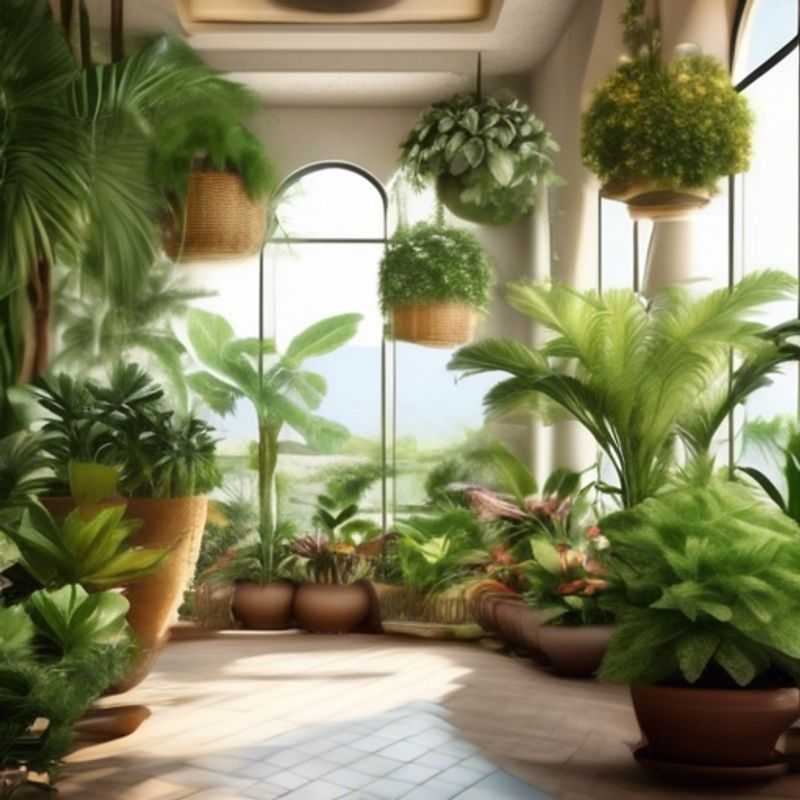
Cultivating Health: Your Guide to Regular Pruning and Plant Maintenance
Developing a plan for regular pruning and maintenance of your plants is crucial for their health and longevity. Start by understanding the specific needs of your plant, considering factors like its species, growth habits, and potential for disease. Establish a routine pruning schedule, focusing on removing dead, diseased, or damaged branches. Regularly check for pests and diseases, taking appropriate measures to address any issues. Ensure your plant receives adequate sunlight, water, and nutrients. Consider consulting a professional arborist for guidance on more complex pruning or maintenance needs, especially for large or mature trees.
The costs associated with plant pruning and maintenance can vary depending on factors like the size and complexity of the plant, the required services, and the location. For instance, hiring a professional arborist to prune a large tree can be a significant expense. Regularly scheduled maintenance, such as trimming and fertilizing, typically involves more affordable costs. It's wise to obtain multiple quotes from different professionals to ensure a fair price and understand the scope of services offered.
For a sustainable approach, incorporate organic methods like composting and using natural pest control solutions. This not only reduces environmental impact but also fosters a healthier environment for your plants and surrounding ecosystem. Regular maintenance, while requiring time and effort, is essential for the well-being of your plants. By investing in proper care, you'll reap the rewards of beautiful, thriving greenery for years to come.
